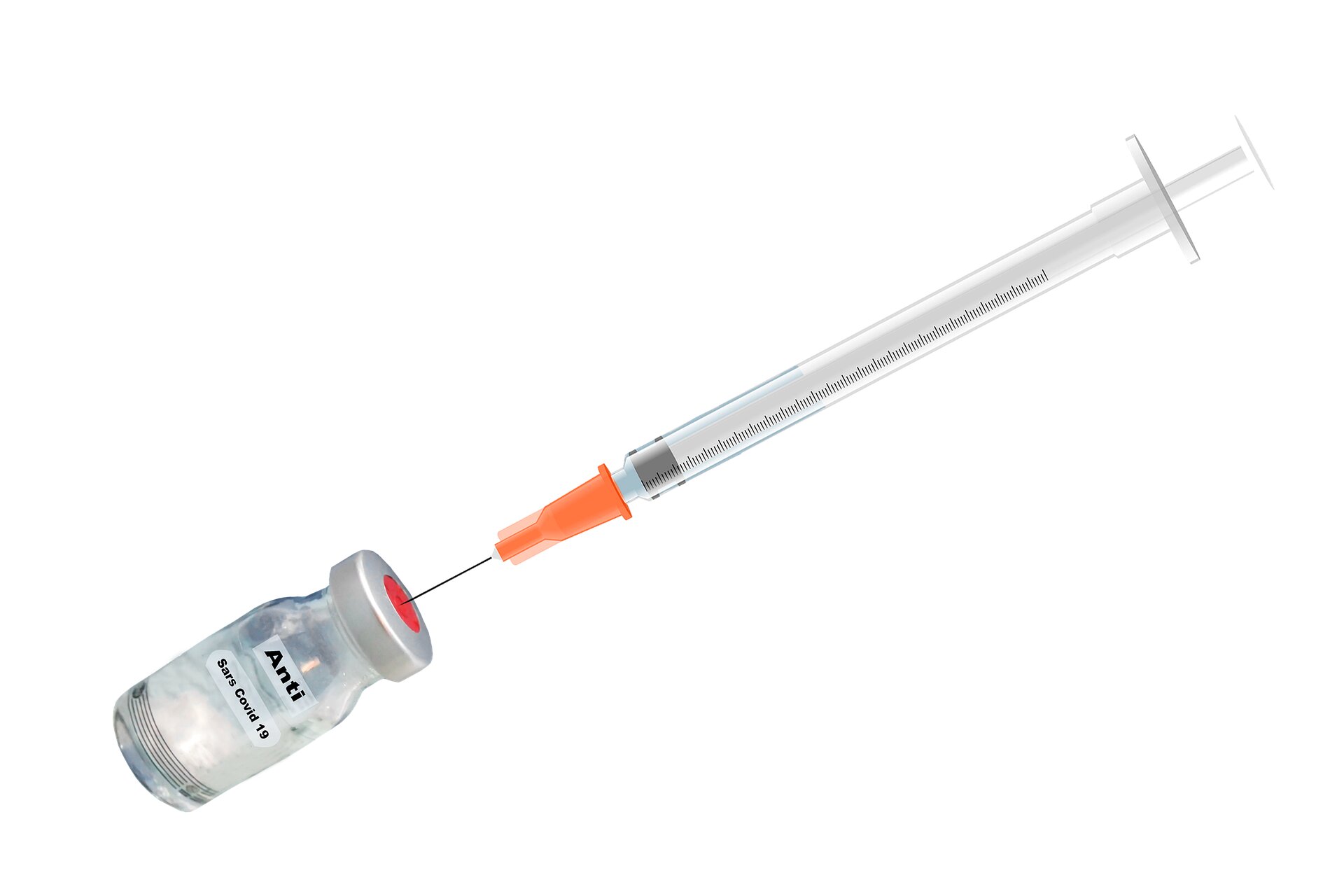#Modifications to ERATS protocol significantly reduces post-operative opioid usage

“#Modifications to ERATS protocol significantly reduces post-operative opioid usage”

A new study, presented today at the AATS 101st Annual Meeting, shows significant reduction in post-operative use of Schedule II opioids for pain management following robotic surgery. To address the on-going issues of opioid overuse and abuse, the study aimed to examine the use of painkillers in Enhanced Recovery After Thoracic Surgery (ERATS) protocols and determine the impact of alternative pain management approaches on clinical outcomes.
An Institutional Review Board-approved retrospective analysis of a prospectively maintained thoracic surgery database was performed on all patients undergoing elective robotic thoracic procedures from 7/1/2019 to 9/14/2020. The main pain management component of ERATS included opioid-sparing analgesics, infiltration of liposomal bupivacaine (a long-acting local anesthetic) 1:1 v/v dilution with normal saline to 9 intercostal spaces as intercostal nerve blocks and to surgical wounds as local and regional analgesia, as-needed potent opioids (schedule II narcotics like oxycodone), scheduled administration of tramadol (weak schedule IV opioid) and tailoring post-discharge opioid dispenses based on type and amount of opioid consumed inpatient. Protocol optimization included replacing saline diluent with 0.25% bupivacaine (a short-acting local anesthetic) and switching round-the-clock administration of tramadol to as-needed scheduling.
324 patients met the inclusion criteria (159 in the original ERATS and 183 in the optimized ERATS protocol). The two cohorts were comparable with respect to demographics, types of robotic procedures, and final pathologic diagnosis. Data analysis was performed based on robotic procedure stratification. There was no difference in postoperative complications, hospital length-of-stay or re-admission. There was a significant reduction of in-hospital (due to the elimination of scheduled tramadol) and post-discharge opioid consumption (particularly schedule II opioids with addictive tendency) in the optimized ERATS cohort. The optimized ERATS patients had lower incidences of opioid prescriptions filled and refilled after discharge, an indicator of adequate initial pain control. Subjective pain levels were similar between two cohorts. Much
According to Dao M. Nguyen, M.D., Professor of Clinical Surgery and Co-Leader of the Site Disease Group Lung at University of Miami Health System/Sylvester Comprehensive Cancer Center, “An important part of ERATS is continual evaluation of clinical outcomes and implementation modifications to achieve more superior quality improvement. We are very gratified with our results showing that by implementation of simple modifications to our pre-existing, established ERATS protocol has led to drastically reduced reliance on opioids, particularly schedule II opioids such as oxycodone or hydromorphone, for pain control both in-hospital and at discharge following robotic thoracoscopic procedures. I would encourage all thoracic surgeons to consider incorporating such peri-operative care protocol to their practice.”
The ERATS protocol, such as the one presented by Nguyen and colleagues from the University of Miami, represents an important platform for surgeons in general and thoracic surgeons to aim for opioid-free postoperative pain management at discharge. It was shown in this study that 42 percent of the patients in the study required some form of prescribed narcotics for at-home pain management after surgery (compared to 83 percent before protocol optimization), with only nine percent of patients receiving prescription for schedule II opioids (compared to 66 percent prior to protocol modification).
Researchers say prescribing opioids for pain relief after knee surgery is unnecessary
More information:
“Optimization Of An Established Enhanced Recovery After Thoracic Surgery Protocol: Aiming For Schedule II Opioid-free Pain Control Following Robotic Surgery.” Presented by Karishma Kodia, MD on behalf of her co-authors at the University of Miami., April 30, 2021 at the AATS 101st Annual Meeting.
Provided by
American Association for Thoracic Surgery
Citation:
Modifications to ERATS protocol significantly reduces post-operative opioid usage (2021, April 30)
retrieved 1 May 2021
from https://medicalxpress.com/news/2021-04-modifications-erats-protocol-significantly-post-operative.html
This document is subject to copyright. Apart from any fair dealing for the purpose of private study or research, no
part may be reproduced without the written permission. The content is provided for information purposes only.
If you liked the article, do not forget to share it with your friends. Follow us on Google News too, click on the star and choose us from your favorites.
For forums sites go to Forum.BuradaBiliyorum.Com
If you want to read more Like this articles, you can visit our Science category.



